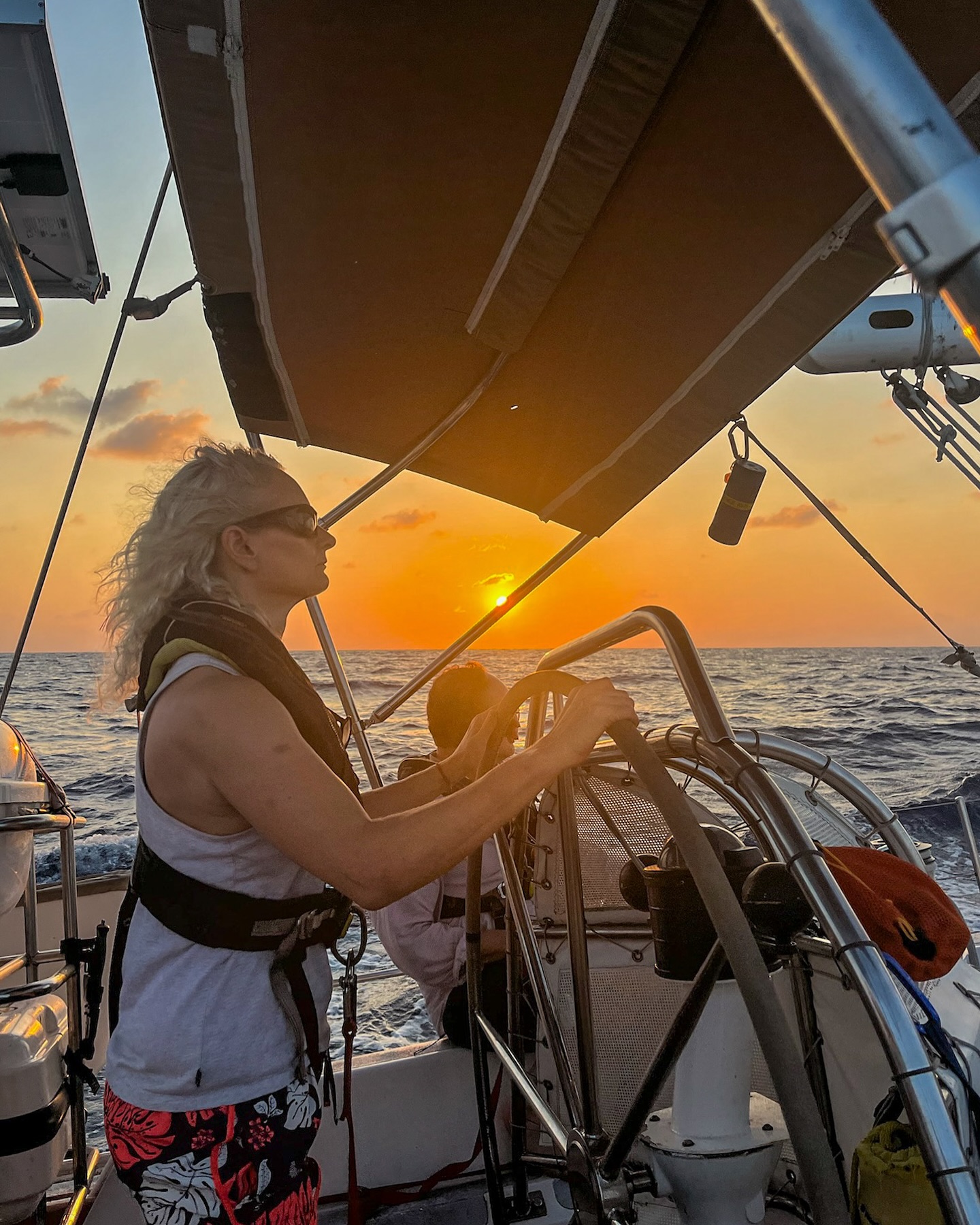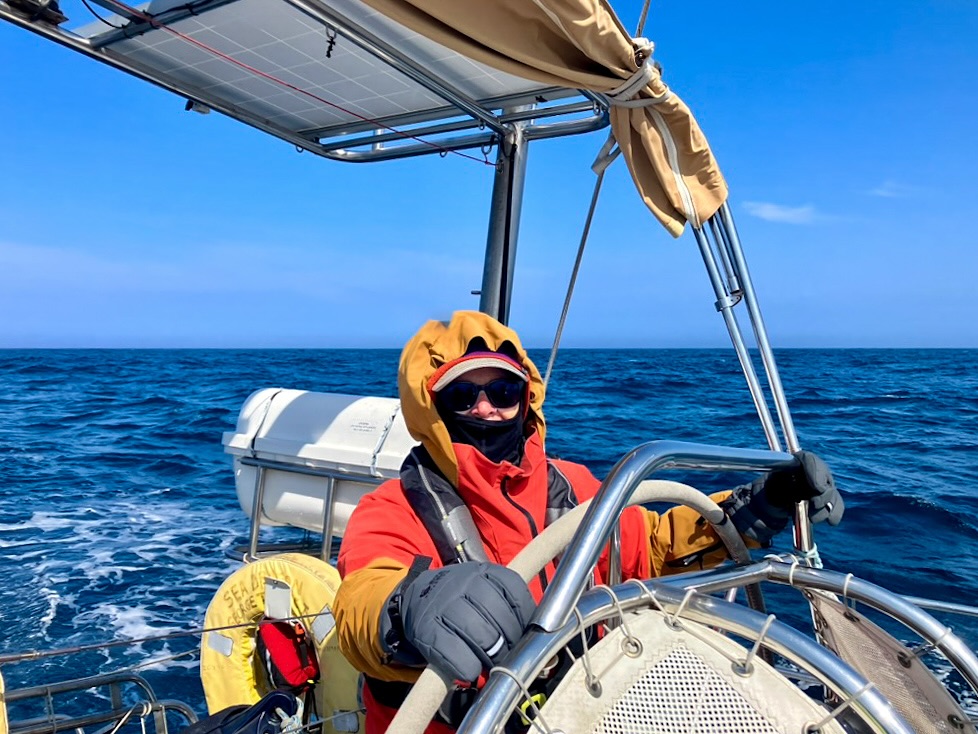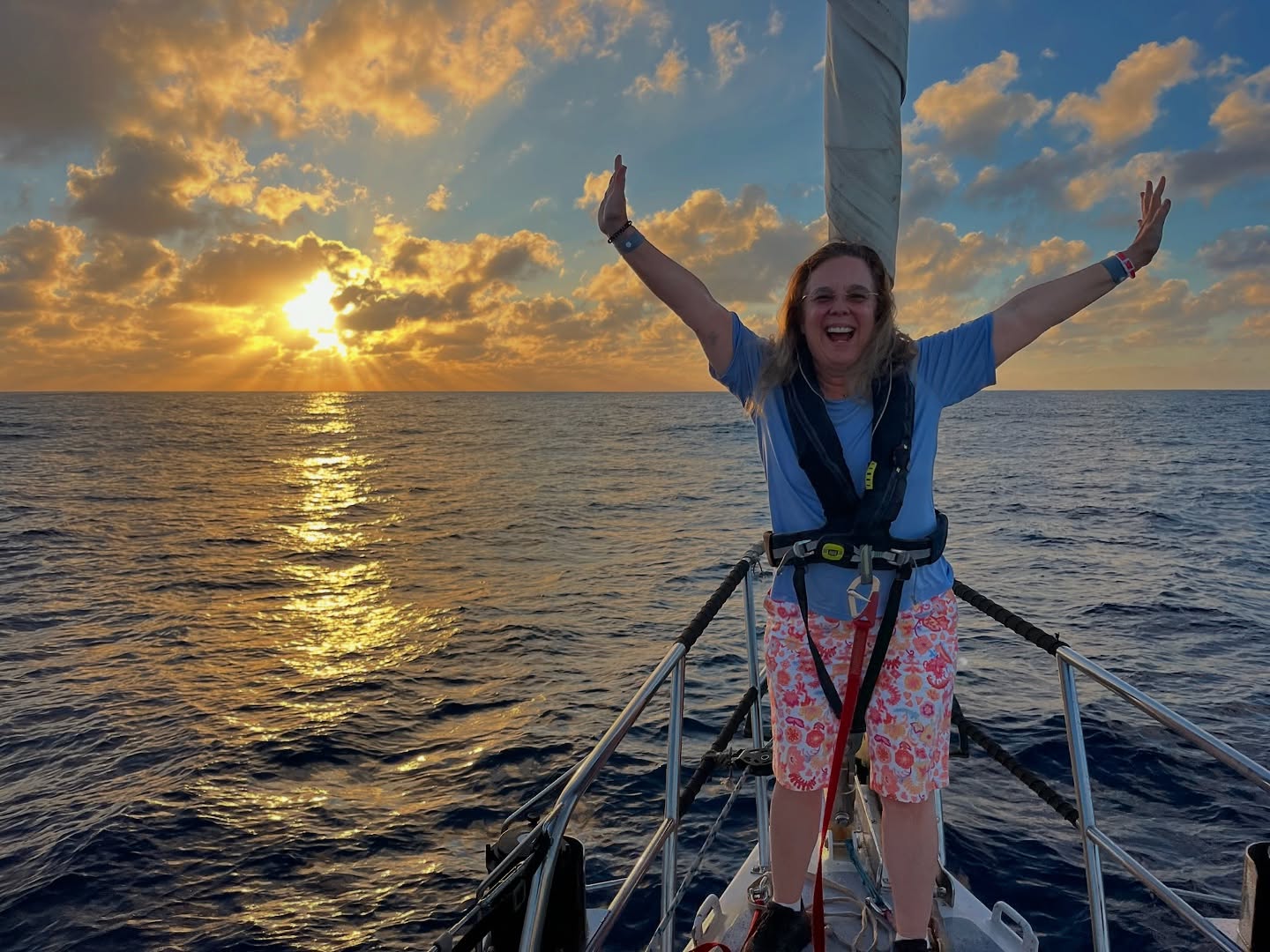
Day 5 – Tuesday 31st
Changing tack for the first time after four days of close hauled sailing is interesting to say the least. The gentle and sometimes not so gentle bouncing of Sea Dragon had comfortably nestled everything into the starboard side of the boat but now the sudden change in the heel of the boat (now to port) made for some time spent tidying up. But on day five everyone on board is feeling fully adjusted to life at sea and the memory of stable ground underfoot is becoming distant.
Trawling for plastics is now underway in earnest and the new high speed trawl is allowing for constant sampling of plastic without compromising boat speed. Plastic fragments and small pieces of monofilament line have been abundant in all trawls although the quantity does fluctuate. Down time between trawl retrievals has left plenty of time for discussion about future research directions into quantifying plastic densities throughout oceans.
What has also really opened my eyes is just how much debris there is at sea when you start to look for it. Everyone on deck has half an eye open for larger pieces of debris and today a hard hat idly drifted by and at one point the trawl had to be temporarily stopped after it ensnared a large ball of assorted ropes and fishing lines. When you consider just how small an area is observed from the path of Sea Dragon and the vastness of the ocean, it doesn’t take much mental agility to realise just how much plastic pollution is out there.
The ocean has not been unkind to us in the last 24 hours however and we have had frequent visitations by dolphins breaking the eerily glassy sea surface. But the real treat came earlier today. I was chopping vegetables for our midday frugal repast when I was interrupted by shouts on deck. I stumbled up to the cockpit through the briny film of tears (what do they put in Brazilian onions?!?!) just in time to see a huge whale tail slapping the sea off the port bow. It breached four more times once almost coming completely out of the water. For many of us including myself it was the first time we had seen a whale and it was truly awe inspiring. We are still unsure as to the species of the whale but if any of you are curious as to what the sea surface looks like seconds after a whale has left the scene, we have photographic examples in abundance.
Up until now we have been traveling eastwards from Rio de Janeiro into the gyre but today we are beginning to travel northwards towards Ascension Island and the northern edge of the gyre there to measure the extent of plastic pollution floating within for the first time.
Dougal Greer, Crew member, Sea Dragon
























